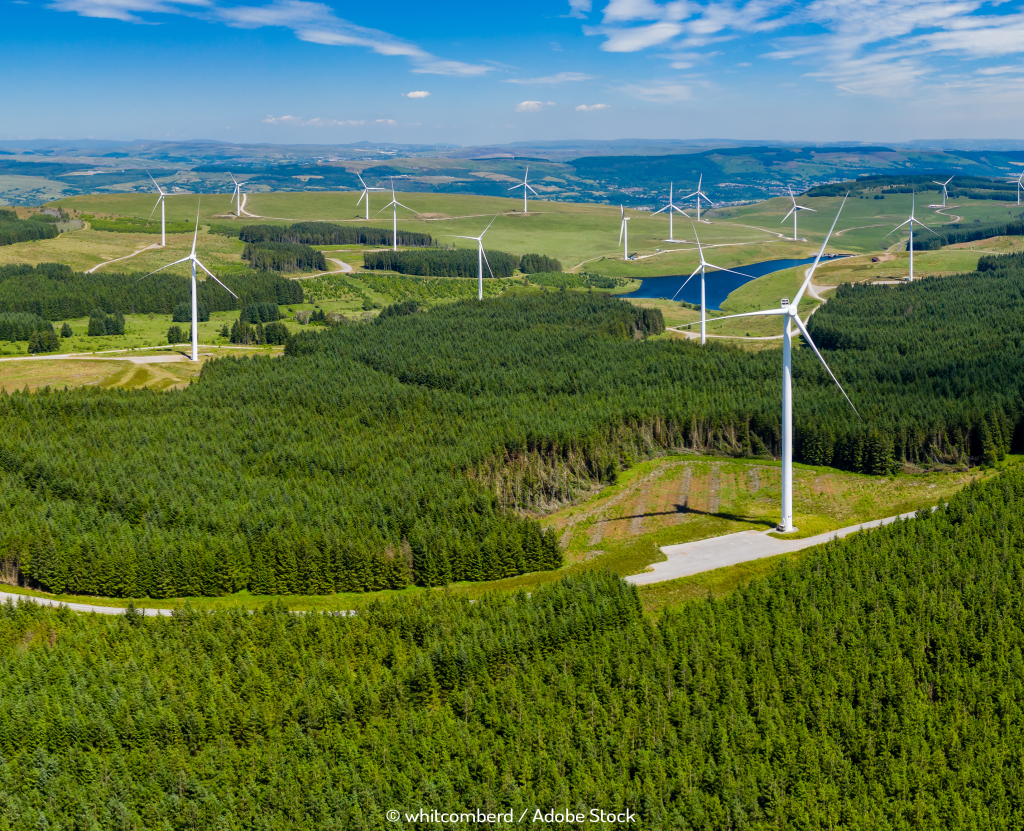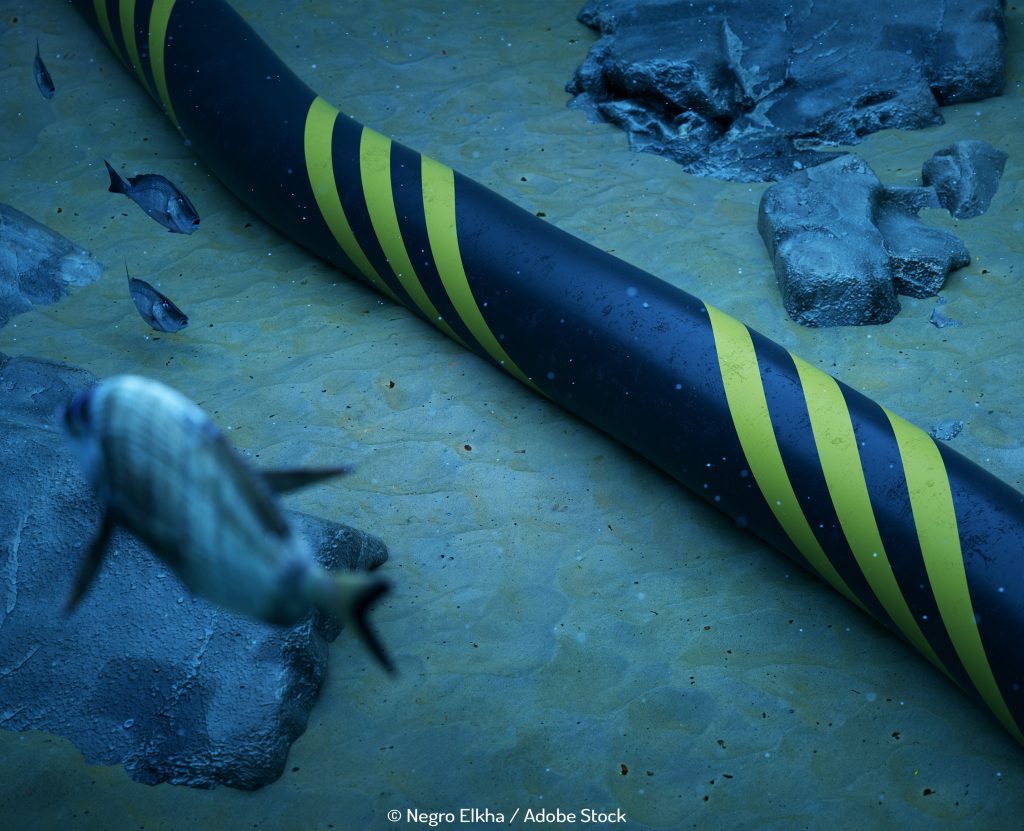
‘’Renewable energy can meet global electricity demands, 18 times over’’
Enough green energy could be generated to exceed the entire global electricity demand by….. erecting wind turbines on all the useable offshore sites which are within 40 miles of the coast and in water no deeper than 60 metres.
That’s it. That’s all it would take.
The revelation comes from the International Energy Agency which says following this advice would generate 36,000 terawatt hours of renewable energy every year. At the moment we (collectively, the world ‘we’) need 23,000 terawatt hours of electricity.
According to the IEA, we’re on the cusp on wind power turning into a trillion-dollar industry. It says momentum is coming from the fact that delivering wind farms is cheaper, governments are backing them more easily and the technology that powers the turbines and creates floating foundations is undergoing ‘remarkable progress’.
The report says that the greatest current investment is coming from China, which added more capacity than any other country last year. However the movement has been led by European countries, including the UK, and as a result, the global market between 2010 and 2018 grew by almost 30%.
It states that the current situation hasn’t come close to tapping into the sector’s full potential: “Offshore wind currently provides just 0.3 per cent of global power generation, but its potential is vast,” said Dr Fatih Birol, executive director of the IEA. “With high-quality resources available in most major markets, offshore wind has the potential to generate more than 420,000 terawatt hours per year worldwide. This is more than 18 times global electricity demand today.
“More and more of that potential is coming within reach, but much work remains to be done by governments and industry for it to become a mainstay of clean energy transitions.”
Within the next 20 years, if EU countries meet their carbon-neutral ambitions, it would be a game-changer. There is roughly 20 GW of offshore wind capacity in the EU at the moment. If things go to plan, by 2040 it would have increased to 180 GW. It also highlights China’s path of travel which is forecast to grow from 4 GW to 110 GW by 2040 or if it went for an even tougher stance on targets – 170 GW.
And the IEA don’t stop there. In fact, they say if government policies could be even more ambitious, pushing for clean hydrogen produced by offshore wind, capacity could be “dramatically higher”. We’re already seeing companies in the North Sea planning to turn seawater into hydrogen by using electricity from large offshore windfarms. This zero-carbon and low-cost energy source could power millions of homes.
Birol says realising the potential in this market could prove to be an economic salvation for the industry: “Offshore wind provides a huge new business portfolio for major engineering firms and established oil and gas companies which have a strong offshore production experience. Our analysis shows that 40% of the work in offshore wind construction and maintenance has synergies with oil and gas practises.”


